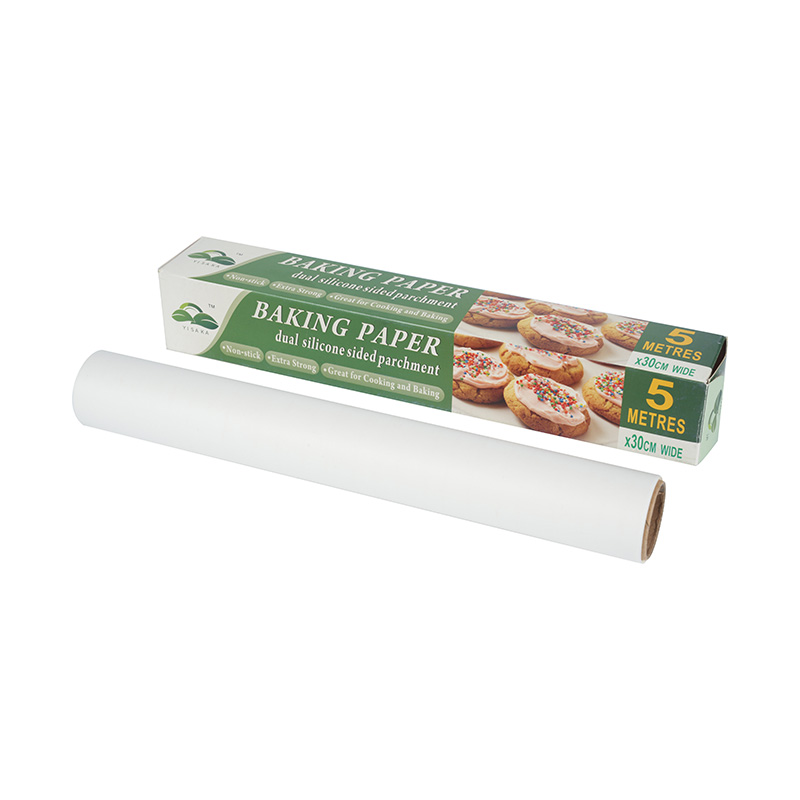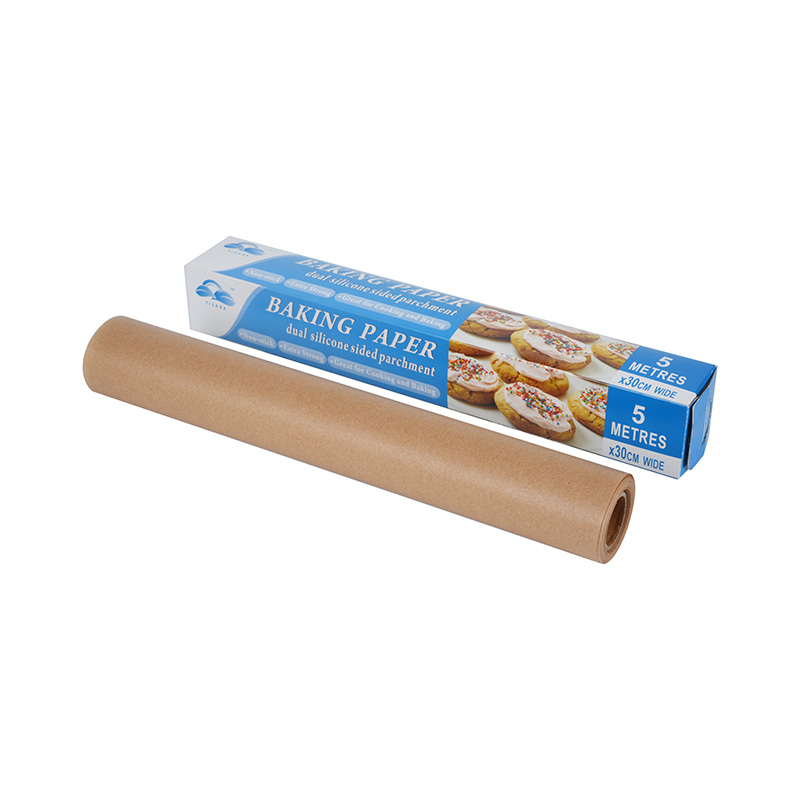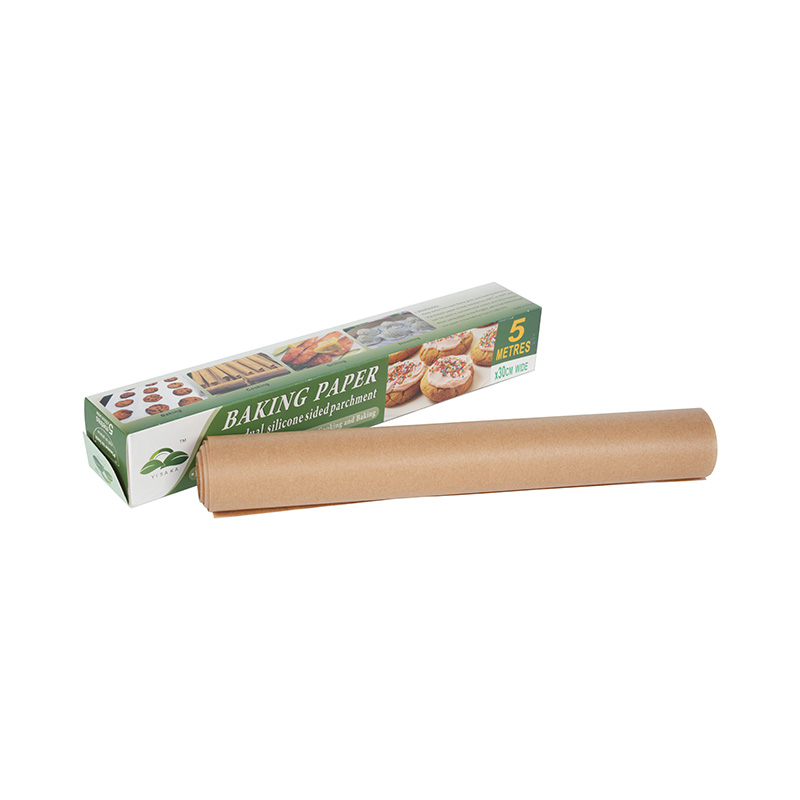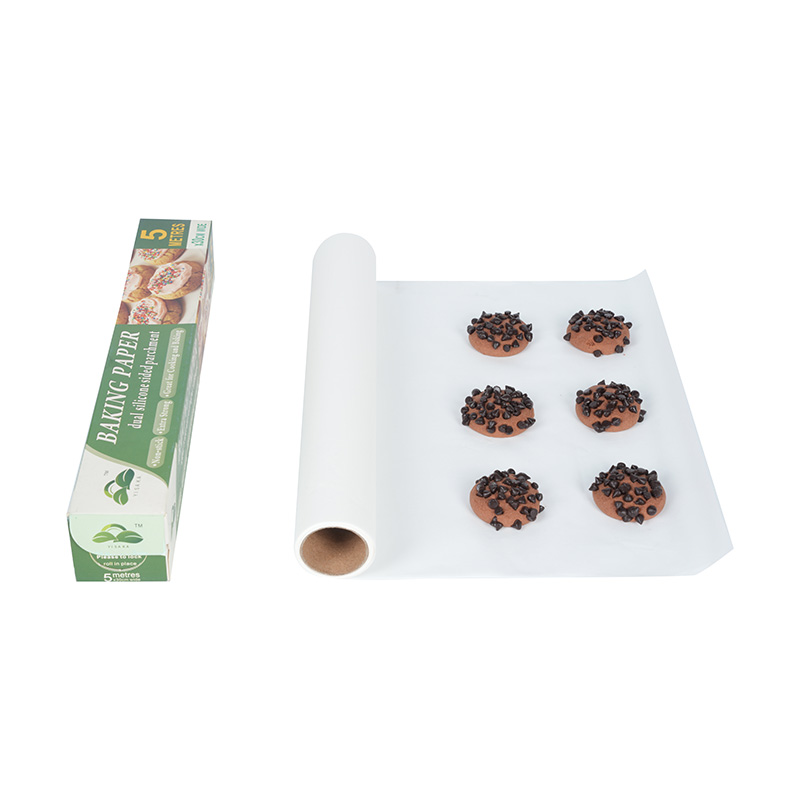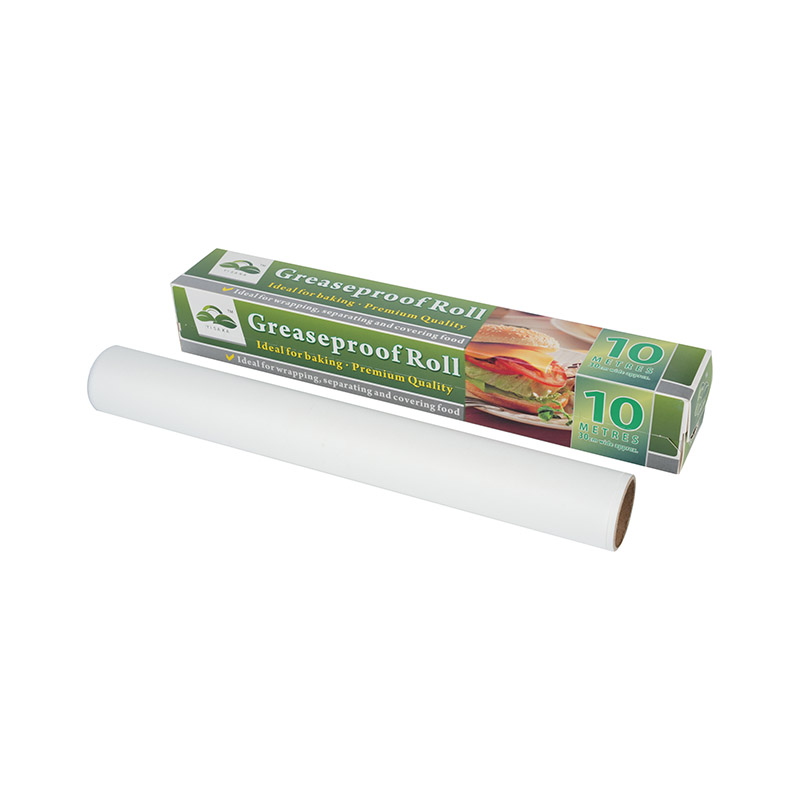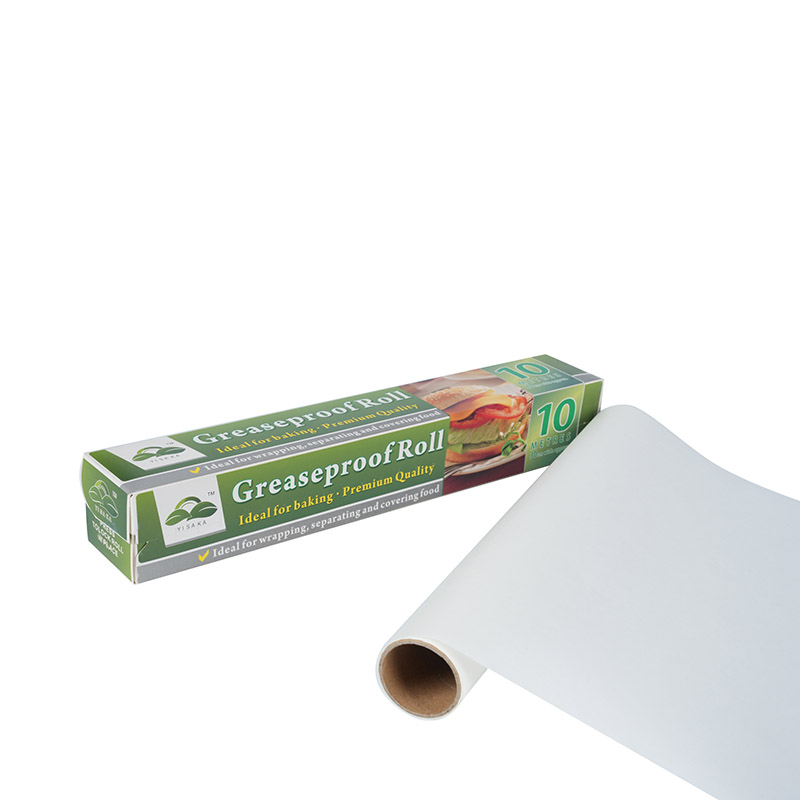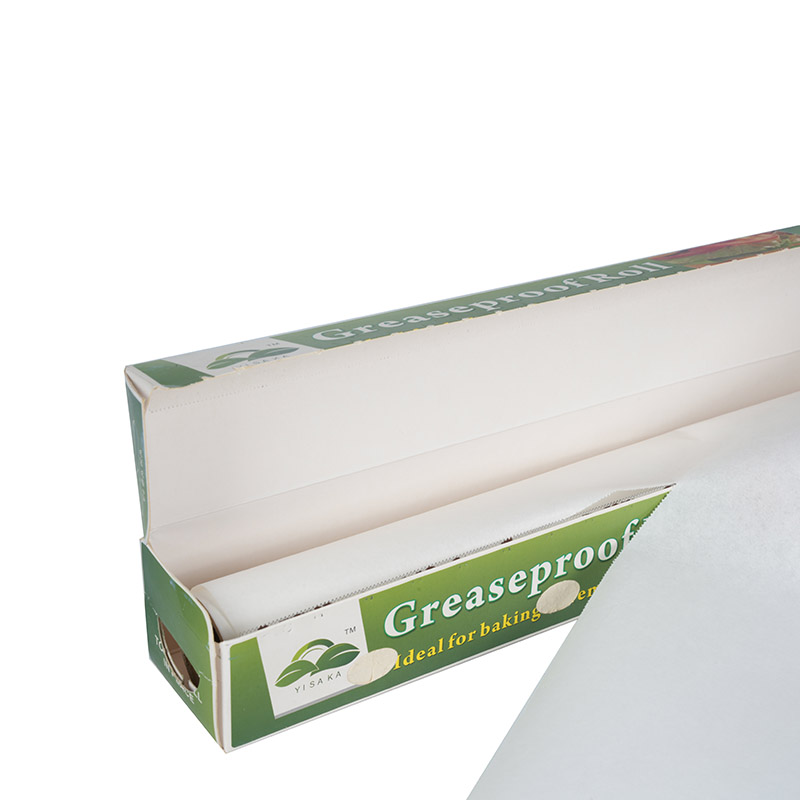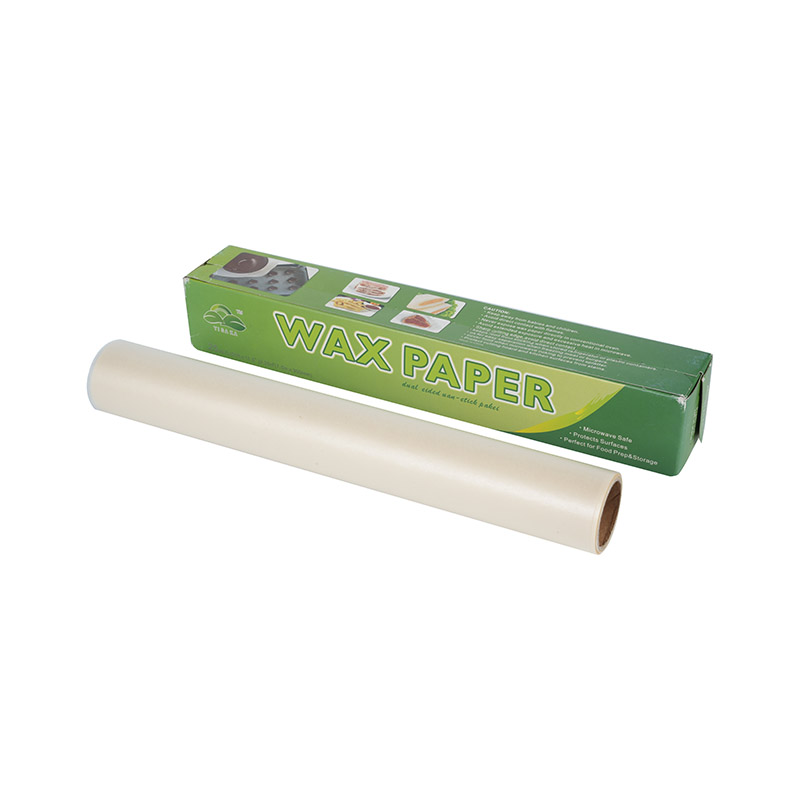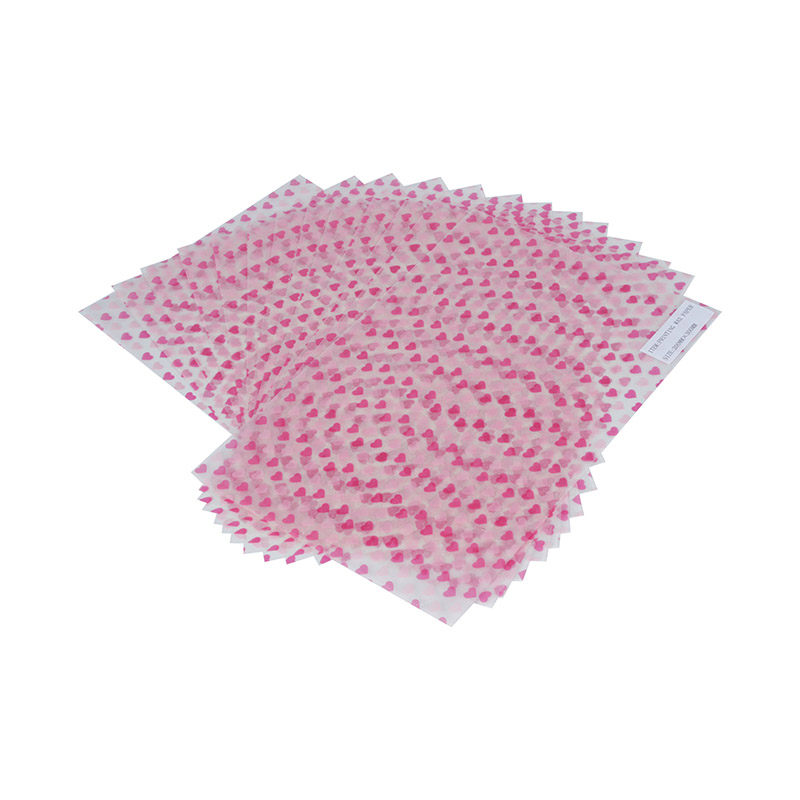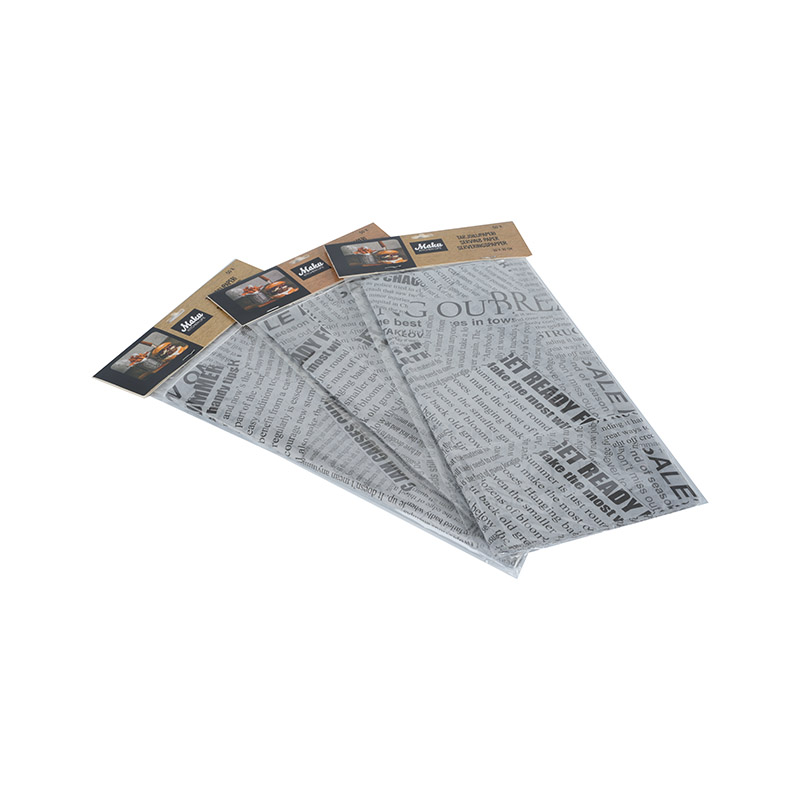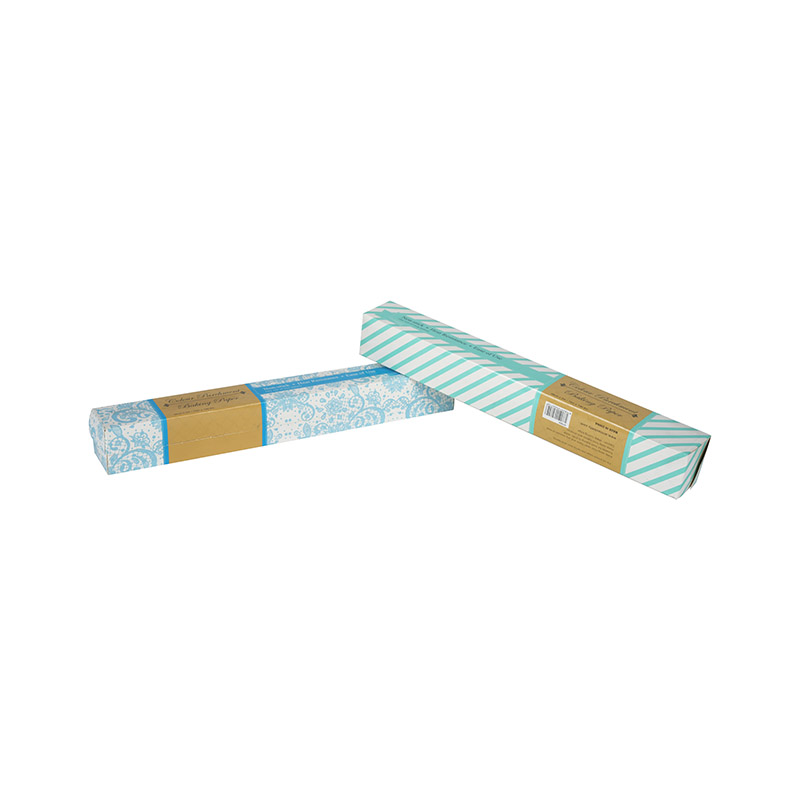Often overshadowed by its more celebrated counterparts like parchment paper and aluminum foil, wax paper quietly holds its own as a remarkably versatile and often underrated kitchen essential. While it may not be suitable for high-heat applications, its unique properties make it indispensable for a variety of tasks, from food preparation and storage to creative endeavors.
At its core, wax paper is paper that has been treated with a thin coating of paraffin wax on both sides. This wax coating is what gives it its characteristic non-stick and moisture-resistant qualities. Unlike parchment paper, which is siliconized for heat resistance, wax paper is not designed for baking in an oven as the wax can melt and potentially smoke at high temperatures.
Where Wax Paper Shines:
Non-Stick Food Preparation: This is where wax paper truly excels. Its slick surface is perfect for rolling out doughs for cookies, pies, or pastries without them sticking. It's also ideal for kneading bread dough, sifting dry ingredients, or even coating chocolate-dipped treats, ensuring easy release.
Preventing Messes: Lining countertops or baking sheets with wax paper before tackling messy tasks like breading chicken or cutting sticky candies can save you a significant amount of cleanup time.
Separating and Storing Foods: Wax paper is fantastic for separating layers of cookies, brownies, or frozen patties to prevent them from sticking together. It's also useful for wrapping sandwiches or individual portions of snacks for lunches, helping to keep them fresh and preventing soggy bottoms.
Microwave Use (with Caution): While not for high-heat baking, wax paper can be used in the microwave to cover food and prevent splattering. However, always ensure it doesn't directly touch the food for extended periods, and never use it for browning or crisping.
Crafts and Other Uses: Beyond the kitchen, wax paper finds a niche in various crafts. It can be used as a protective layer when painting, for transferring patterns, or even for creating simple stained-glass-like decorations with crayons and an iron (under adult supervision). It's also excellent for protecting surfaces when working with messy glues or paints.
When to Opt for Alternatives:
It's crucial to understand wax paper's limitations. For any task involving an oven, toaster oven, or grill, reach for parchment paper or aluminum foil. Wax paper's low melting point makes it unsuitable for these applications and could lead to a smoky mess or even fire. Similarly, for covering dishes tightly to prevent freezer burn over long periods, plastic wrap or freezer bags are more effective due to their superior airtight seal.
In conclusion, while it may lack the dramatic flair of aluminum foil or the baking prowess of parchment paper, wax paper remains a quiet workhorse in the kitchen. Its affordability, non-stick properties, and moisture resistance make it an invaluable tool for countless everyday tasks, proving that sometimes, the simplest solutions are indeed the most effective. So, next time you're in the kitchen, don't overlook this humble yet mighty essential – it might just surprise you with its versatility.
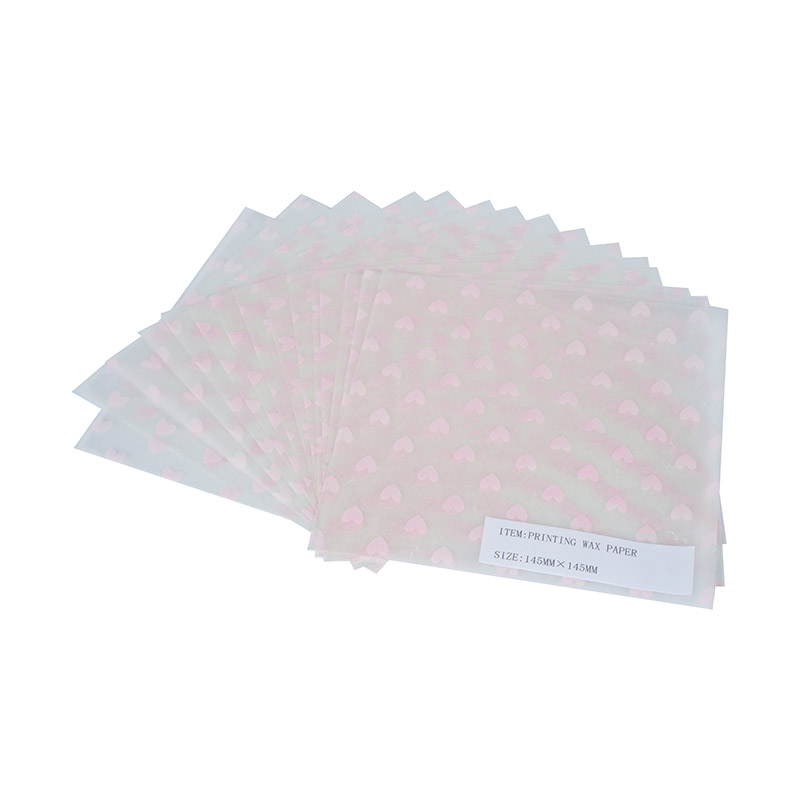


 English
English русский
русский